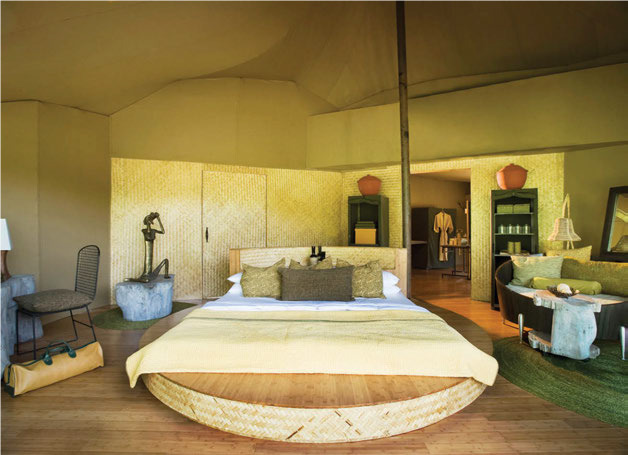THE SOUTHERN STATE OF KARNATAKA HAS MANY SURPRISES UP ITS SLEEVE AND THE BEST WAY TO DISCOVER THIS IS BY ACTUALLY VISITING THE DIFFERENT PARTS TO EXPERIENCE THE MYRIAD CULTURES, FOOD, SIGHTS AND MORE. BY BINDU GOPAL RAO
The diverse elements of the state that was formed on November 1, 1956, incidentally celebrated as Rajyotsava Day has a royal connect too. Well, this was always the State of Mysore that was renamed as Karnataka in 1973. The state itself has a motely mix of ancient temples, beautiful mountains, scenic beaches and amazing wildlife. In fact this is why the Tourism department has aptly branded the state – ‘One State Many Worlds’. A pioneer in ecotourism, the state has the second most number of nationally protected monuments in the country, second only to Uttar Pradesh. In fact the state is also emerging as a medical tourism hotspot courtesy its alternative therapy centers as well as holistic health units. Well, most recently Delhi Chief Minister Arvind Kejriwal checked into a naturopathy center in the State to treat his chronic cough. Likewise Prince Charles’ wife, Camilla Parker- Bowles, Duchess of Cornwall has been here several times for holistic healing sessions! This apart the state is home to several important cities like Mysore, Mangalore, Hassan, Coorg, Bijapur and Shimoga, apart from the capital Bengaluru.
RING IN THE FESTIVITIES

The stunning elephant parade during Mysore Dussehra
Think festivals and you instinctively think of Deepavali and Dasara. While these are also celebrated with much pomp and gusto in Karnataka, there are also several unique festivals like the Karaga – said to be one of the oldest festivals (dating back to many centuries) of the state celebrated to honour Goddess Shakti. Held annually at the Dharmarayaswamy temple in Bengaluru in March/April, the nine day festivities derives its name from an earthen pot in which the Goddess is invoked and a grand procession is held in her honour. There is a fire-walking ritual on the last day which sees frenzied activity where the participants are immersed in devotion. Interestingly the person who carries the Karaga has to undergo rigorous rituals including being confined to the temple with a diet of milk and fruits as the pot he carries is a symbol of the Goddesses’ power. In fact his wife becomes a `widow’ and hands over her mangalsutra and bangles to him and he wears the same in the procession. The Karaga bearer is surrounded by many turbaned, bare-chested dhoti- clad Veerakumaras with uncovered swords which is significant as in the event that the Karaga trips and falls, they are supposed stab him. However, till date this is has never happened. The couple remarry post the festival and the Karaga is immersed in the salt water pond from which it was brought originally.

Revellers brave the rain during Mysore Dussehra
This apart, the Hampi Festival is another annual affair that celebrates the birthday of famous poet Purandaradasa. The festival has dance, music, puppet show and fireworks as part of the festivities. Likewise the Pattadakal Dance Festival that takes place in January every year is an ode to different forms of dance and also has a crafts mela that showcases the traditional arts and crafts of the state. Ugadi is the New Year of Kannadigas and the nine day Dasara festival is celebrated with a display of dolls at home, a tradition unique to the state. If you are in Bengaluru in November, you can also witness the Kadalekai Parishe or the annual groundnut fair near Dodda Ganesha temple, near the Bull Temple at Basavanagudi.
The controversial Kambala is an annual festival celebrated in the South Canara district of Karnataka that involves a traditional buffalo race. Likewise, Naga Panchami, Ganesh Chaturthi and Makara Shankranti are celebrated with great gaiety.
GASTRONOMY CALLING

The popular bise bile bhath
Karnataka’s cuisine reflects a beautiful story of the state. If you are looking for traditional food, you can have a typical breakfast of idlis served with mildly spiced coconut chutney, chitranna or lemon rice, puliogare or tamarind rice and khara pongal. Of course the famed bisi bele bhath is a one pot meal made with lentils, rice, vegetables and freshly ground spices and is an absolute must-try when you are here. The best part is that this is a great example of a balanced diet rich in proteins and carbohydrates.

A bowl of kosambri
A typical meal includes Kosambri, a salad made with cucumber, sprouts, and grated coconut and seasoned with mustard and green chilies; Palya, a vegetable preparation made with parboiled vegetables, grated coconut, green chilies and mild spices; and Gojju, vegetables cooked in a spiced tamarind curry. The meal will also have Tovve, a mildly seasoned dal curry; Saaru, a rasam; Huli, a thick broth of lentils and vegetables cooked with ground coconut, spices, tamarind and special spice powder. Another rice dish, vangibath, a spiced rice with eggplant, ragi mudde or steamed ragi dumplings served with soppina saaru (a light rasam made with fresh greens) are also well known dishes.
Likewise when you head to the South Canara district you get to experience a mix of authentic vegetarian Udupi food as well as coastal delights like those made with white meats including local fish, crab, prawn, and squid preparations marinated with coconut, ginger, turmeric and local spices. Bhatkal for instance is home to Laun Miriya Mhaure, a fish preparation cooked in a red chilli masala while Ankola is known for Kotte Roti, an idli-like preparation that soaks up the curry. And while in Mangalore do try the Neer Dosa, a crepe made with rice batter and Kori Roti, crisp wafers made of dry rice and fish and prawn chutneys and pickles. And if you are in Coorg, the Pandi curry or the pork dish is the most famous alongside other pork based delicacies that will entice your palate. And to wash it all down what better than the best fresh filter coffee made with beans from Chikamangalur or Sakleshpur as well as masala majjige, buttermilk with ginger, green chili paste, and coriander.
WATER MATTERS
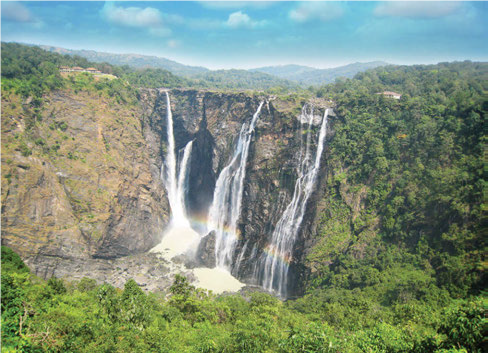
Jog Falls, one of the highest plunge falls in India
Karnataka is home to many waterfalls and if you visit them in the right season (post monsoons) it is a great experience to see natural water gushing down in its full glory. The Abbey Falls in Coorg, located about 10 km from Madikeri in the Western Ghats in the midst of thick coffee bushes and tall trees entwined with pepper vines, can be accessed via a short walk on the hanging bridge that takes you very close to them. Likewise the small but magnificent Achakanya Falls is a fascinating sight in the monsoons. Surrounded by lush greenery all around, this waterfall is hidden being located within the dense forest range of Western Ghats and a trek will take you to them.
The Alekan or Alekhan falls located around 18 km from Charmadi Ghats in Chikamagalur can also be reached via a tough trek along a 90 foot drop. The Apsarakonda Falls in Honnavar taluk of Uttara Kannada descends from a height of about 50 feet to a natural pond formed below and you can witness some magnificent sunsets as well thanks to the endless stretch of the Arabian Sea. For a simpler experience head to the Balmuri Falls, a famous picnic spot about 18 km away from Mysore, on the way to the Krishna Raja Sagar Dam. The waterfall is smaller compared to most falls. Barachukki and Gaganachukki are two waterfalls situated near Shivanasamudra in Mandya district created by the Cauvery that runs down a 75 metre gorge before it divides into two branches that flows around the island of Shivanasamudra. They are very easy to access.
Among other falls in Karnataka the noteworthy ones include Barkana Falls, Shimoga; Benne Hole Falls and Burude Falls (both in Karwar), Chunchanakatte Falls, Mysore; Chunchi Falls, Mekedatu; Dabbe Falls and Hidlumane Falls (both in Shimoga), Dondole Falls, Ujre; Godachinamalki Falls and Gokak Falls (both in Belgaum), Hebbe Falls, Kallathi Falls and Honnamma Falls (all in Kemmanagundi) and Iruppu Falls, Coorg. Of course the most well known falls are the Jog Falls about, 8 km north-west of Sagar town. This is where the Sharavati river flowing over a rocky bed about 227 metres wide leaps from the chains of the ghats. The water has four distinct falls, presenting a sense of transcendent grandeur and sublimity and are rightly named as Raja, Roarer, Rocket and Rani.
EXPLORE YOUR WILD SIDE

Wild elephants in the Bandipur National Park
If you love wildlife, Karnataka has an enviable set of national parks and sanctuaries that are home to several species of animals and birds. The state has a rich diversity of flora and fauna. It has a recorded forest area of 38,720 sq km which constitutes 20.19 per cent of the total geographical area of the state. This is where 25 per cent of the elephant population and 20 per cent of the tiger population of India reside. The Bandipur and Nagarahole national parks, part of the Nilgiri biosphere and Kabini, are great places to sight these animals. You can also spot other animals like leopard, wild dog, sloth bear, hyena, spotted deer, sambar, barking deer, four-horned antelope, gaur and wild boars. At Kabini, you also have the option to take a boat safari where you can see the marsh crocodile, monitor lizard and a variety of water birds. The common langur, bonnet macaque, jungle cat, slender loris, leopard cat, civet cat, mongoose, common otter, giant flying squirrel, giant squirrel, porcupine, jackal, mouse-deer, hare and pangolin are also found in these parks. You will need to book a safari at the offices of these parks in advance and typically there is an early morning and later afternoon safari that is conducted. The Dandeli Wildlife Sanctuary is situated on the banks of the River Kali at Dandeli in North Karnataka and also happens to be the second largest sanctuary in the state. This is a natural habitat for tigers, leopards, black panthers, elephants, gaur, deer, antelopes, crocodiles and a variety of snakes, apart from avian species like the golden-backed woodpecker, crested serpent eagle, white breasted kingfisher, grey hornbill, great pied hornbill and Malabar pied hornbill. The Bhadra Wildlife Sanctuary, a protected area and a tiger reserve, situated amidst Western Ghats in Chikmagalur and Shimoga, is rich in wildlife with diverse range of flora and fauna. The Anshi National Park in North Karnataka has semi-evergreen and evergreen forests and a rich bio diversity as well. If you are in Bengaluru, stop by at the Bannerghatta National Park that is a combination of a zoo and national park and has safaris that take you through a tiger zone, bear zone, leopard zone and more. The Kudremukh National Park in Dakshina Kannada is home to the Bengal tiger, Indian leopard, dhole, golden jackal, lion-tailed macaque, sloth bear, gaur, sambar, spotted deer, barking deer and more.
HERE IS AN ENVIABLE SET OF NATIONAL PARKS AND SANCTUARIES THAT ARE HOME TO SEVERAL SPECIES OF ANIMALS AND BIRDS. THE STATE OF KARNATAKA IN SOUTH INDIA HAS A RICH DIVERSITY OF FLORA AND FAUNA
LUXURY JOURNEYS
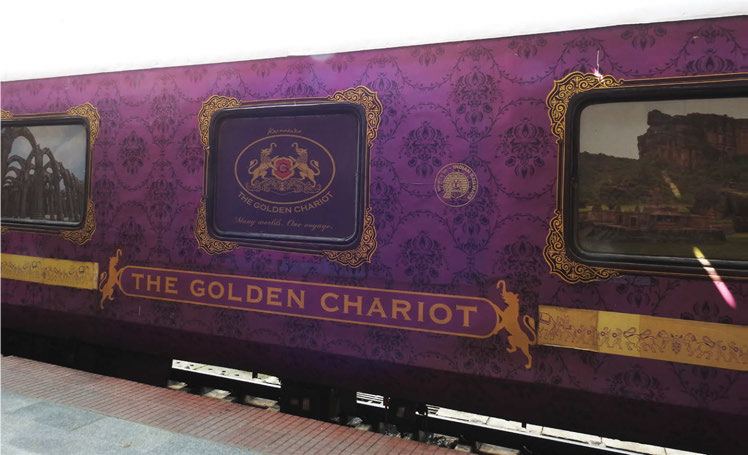
The Golden Chariot allows you to explore Karnataka in style
If you have a week and want to explore Karnataka in style, hop on to the Karnataka special luxury train the Golden Chariot that will transport you to the lap of luxury taking you on the only luxury train in South India. Named after the iconic stone chariot of Hampi the train is done up in majestic hues of purple and gold and has 18 coaches, 11 of which are reserved for guests. Named after the various dynasties that once ruled Karnataka, each coach has four rooms equipped with a TV and an attached bathroom. Apart from Wi-fi, the train has a gym, spa, business centre and control room so it is like a hotel on wheels!
RUNNING BETWEEN OCTOBER AND MARCH EACH YEAR, THE GOLDEN CHARIOT TRAIN OFFERS TWO ITINERARIES, THE SOUTHERN SPLENDOUR AND THE PRIDE OF SOUTH. NAMED AFTER THE VARIOUS DYNASTIES THAT ONCE RULED KARNATAKA, EACH COACH HAS FOUR ROOMS EQUIPPED WITH A TV AND AN ATTACHED BATHROOM.
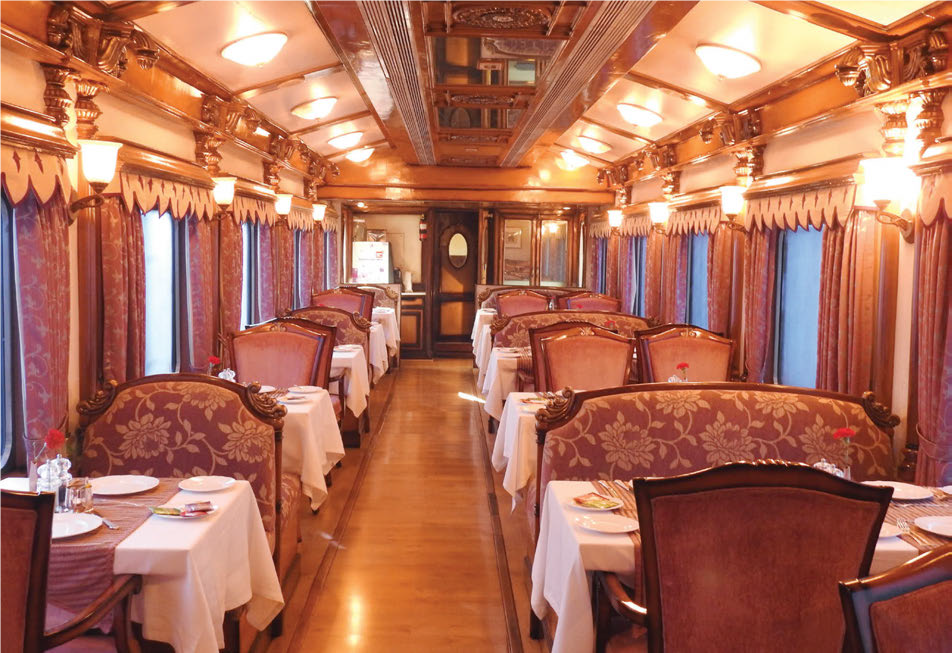
The Golden Chariot has been named after the iconic stone chariot of Hampi
Running between October and March each year, the train offers two itineraries, the Southern Splendour and the Pride of South. The Pride of Karnataka offers you a sneak peek into the diverse sites of the state including heritage, history, architecture and wildlife. This includes stops at the heritage city of Mysore, a wildlife experience at Kabini, a visit to the historical sights of Tipu Sultan’s summer palace and tomb in Srirangapatna and Hassan where you can see the unique 57- foot monolithic statue of Bahubali in Shravanbelagola as well as the sculptural marvels of the Halebid and Belur temples. You also visit the UNESCO world heritage sites Hampi and Pattadakkal as well as the caves of Badami as part of the week long itinerary. The food is another highlight and the mix of local and international cuisine on board will whet your appetite.
TOURISM INITIATIVES
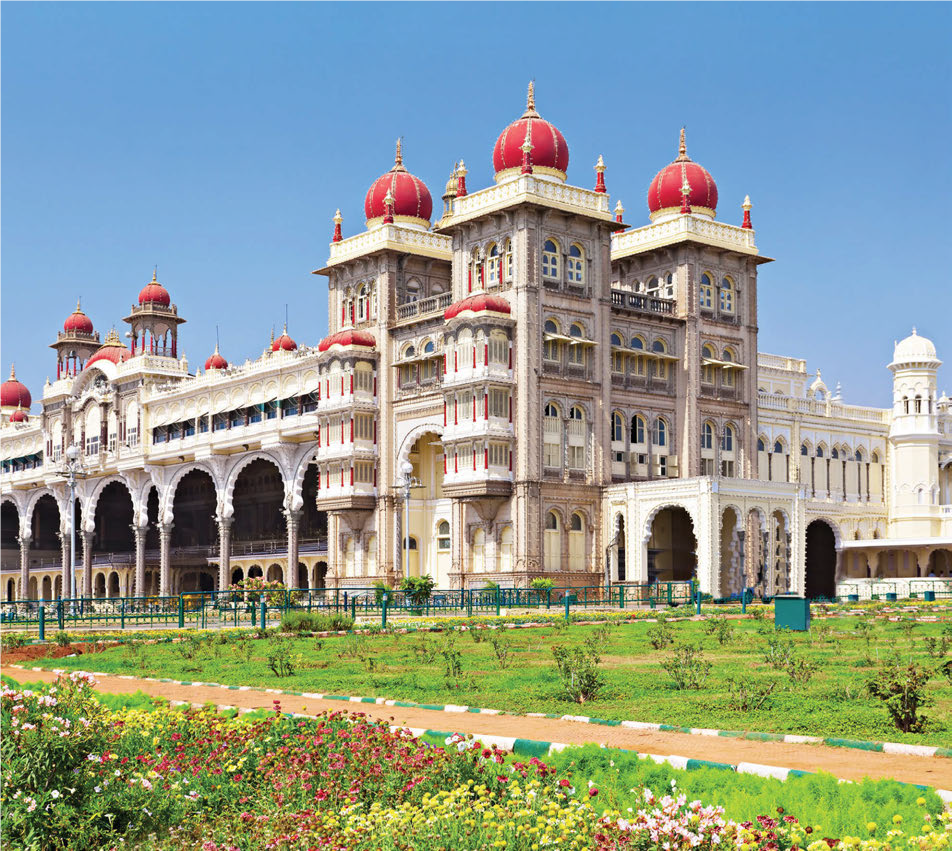
The Mysore Palace is one of the most-visited tourist attractions in Karnataka
Tourism minister Priyank Kharge and his team ensures that there is something new all the time, The Tourism Department of Karnataka has recently launched Prathama (Pravasi Thana Mahiti) an online management information system that will collect, collate and disseminate information relevant to tourists. The website hosts the list of tourist destinations, hotels, resorts and home stays, facilities for tourists and more. In fact the government also dedicates each year to a specific aspect of tourism and 2017 has been declared as “The year of the wild”. The tourism department will also be opening 12 eco trails in the Western Ghats and reduce the movement of unauthorized trekkers here. Likewise the famed annual Dasara festivities at Mysore are offered as a package that includes accommodation, meals, sightseeing and events at the Palace.
In fact the Golden Chariot has a special run at this time too. The tourism department has also curated royal walks to enable tourists to explore the heritage-rich city of Mysuru. It is creditable the the department is instrumental in promoting destinations in a unique way through events and festivals that showcase the potential of the destination and this is what makes Karnataka a place like no other.
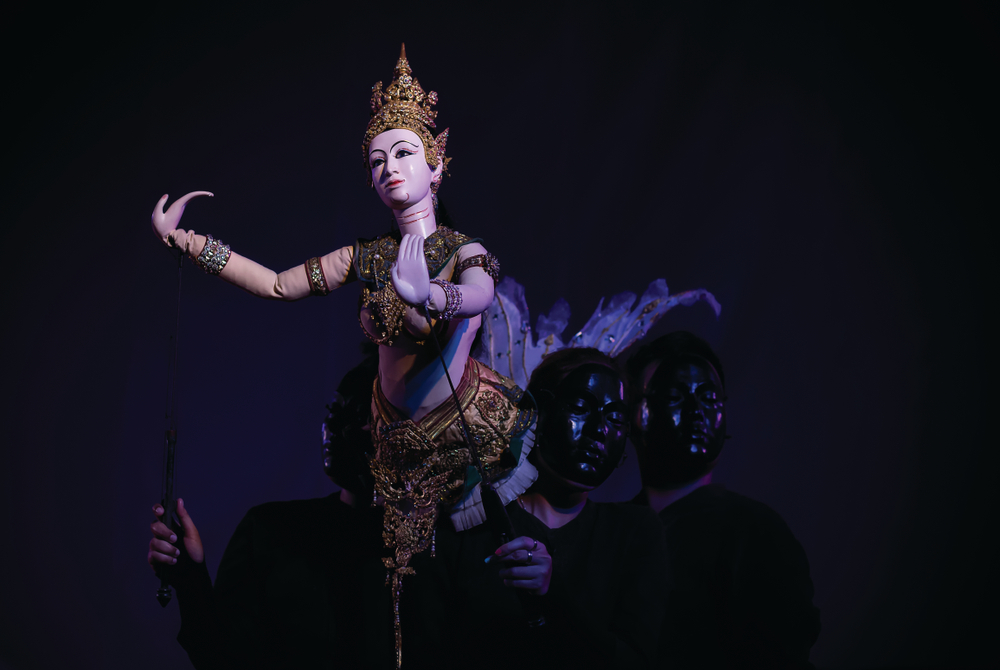
 The Chatuchak market, a proper Thailand tourism landmark, is a gigantic weekend market, home to over 8000 shops over any typical weekend. Previously only of interest to wholesalers and retailers, the several thousand shops now sell almost everything under the sun, including clothes, books, food and beverages, art and handicrafts, furniture, and quite a bit more. It is advisable to buy a map beforehand; newbies stand a great chance of getting lost here.
The Chatuchak market, a proper Thailand tourism landmark, is a gigantic weekend market, home to over 8000 shops over any typical weekend. Previously only of interest to wholesalers and retailers, the several thousand shops now sell almost everything under the sun, including clothes, books, food and beverages, art and handicrafts, furniture, and quite a bit more. It is advisable to buy a map beforehand; newbies stand a great chance of getting lost here. Muay Thai, a phenomenal martial art in the manner of kickboxing, is the national sport of Thailand and a medium for many youngsters to seek success and glory. The bouts happen multiple times through the week in enormous stadiums and arenas, the biggest being the Lumpinee and Rajadamnern stadiums, the hallowed grounds for thousands of young prospects. Witness a few bouts with the fervour reaching fever pitch. Or if you’re of a more athletic kind, you may choose to take a few Muay Thai training sessions here. Some of the most elite combat athletes and mixed martial artists of the world come to train in the gyms here. The Banchamek Gym, Master Toddy’s Muay Thai Academy and the Meenayothin Muay Thai Gym are some of the best ones.
Muay Thai, a phenomenal martial art in the manner of kickboxing, is the national sport of Thailand and a medium for many youngsters to seek success and glory. The bouts happen multiple times through the week in enormous stadiums and arenas, the biggest being the Lumpinee and Rajadamnern stadiums, the hallowed grounds for thousands of young prospects. Witness a few bouts with the fervour reaching fever pitch. Or if you’re of a more athletic kind, you may choose to take a few Muay Thai training sessions here. Some of the most elite combat athletes and mixed martial artists of the world come to train in the gyms here. The Banchamek Gym, Master Toddy’s Muay Thai Academy and the Meenayothin Muay Thai Gym are some of the best ones.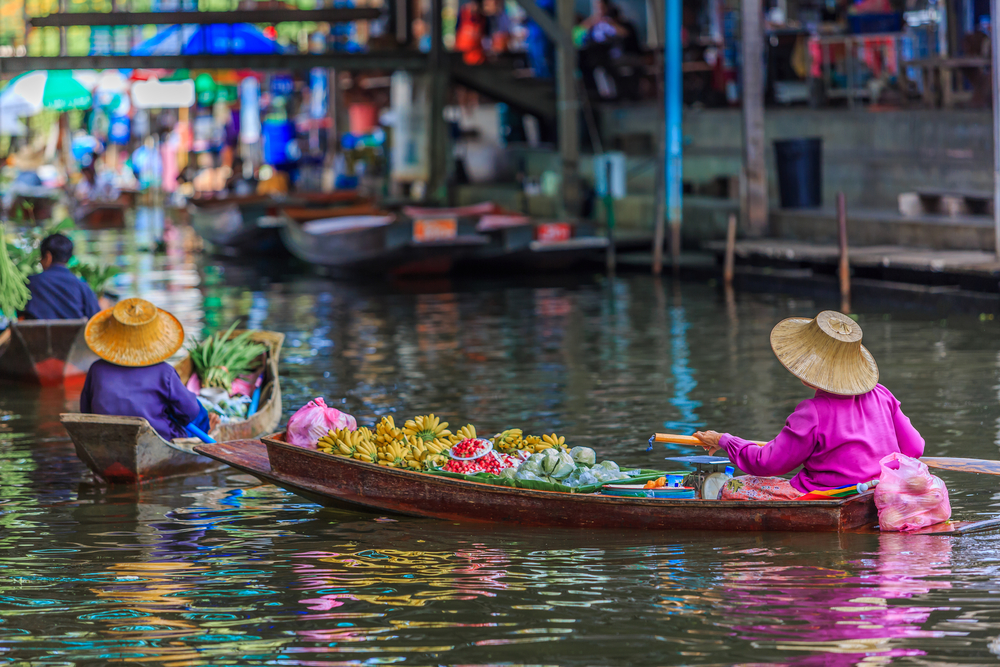 Over an hour’s drive from Bangkok, Damnoen Saduak, Thailand’s most popular floating market is a bustling confluence of fruits and flowers, street food and fancy apparels, memorabilia and more. The overcrowded ruckus created by the converging sellers and shoppers can be an onslaught on your senses, but therein lies the floating market’s appeal, a general element of all Thailand travel actually. From cheap ‘I Was Here’ Thailand tourism souvenirs to some great cuisine, fresh local produce to some wacky products, there is a lot to try and buy. You could also visit the Orchid and coconut farms that lie on the road journey here.
Over an hour’s drive from Bangkok, Damnoen Saduak, Thailand’s most popular floating market is a bustling confluence of fruits and flowers, street food and fancy apparels, memorabilia and more. The overcrowded ruckus created by the converging sellers and shoppers can be an onslaught on your senses, but therein lies the floating market’s appeal, a general element of all Thailand travel actually. From cheap ‘I Was Here’ Thailand tourism souvenirs to some great cuisine, fresh local produce to some wacky products, there is a lot to try and buy. You could also visit the Orchid and coconut farms that lie on the road journey here.
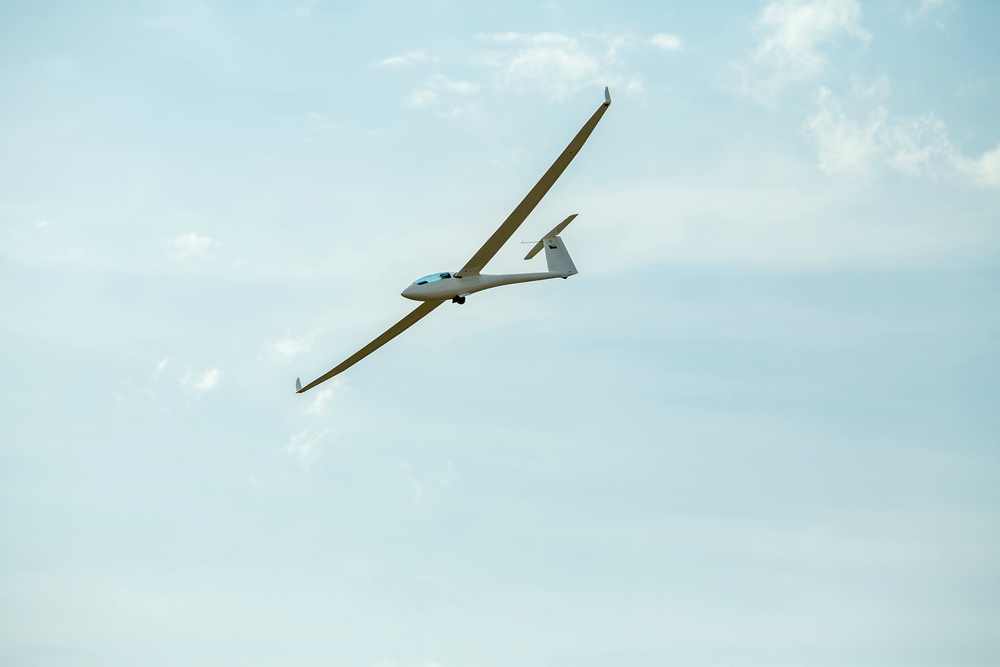
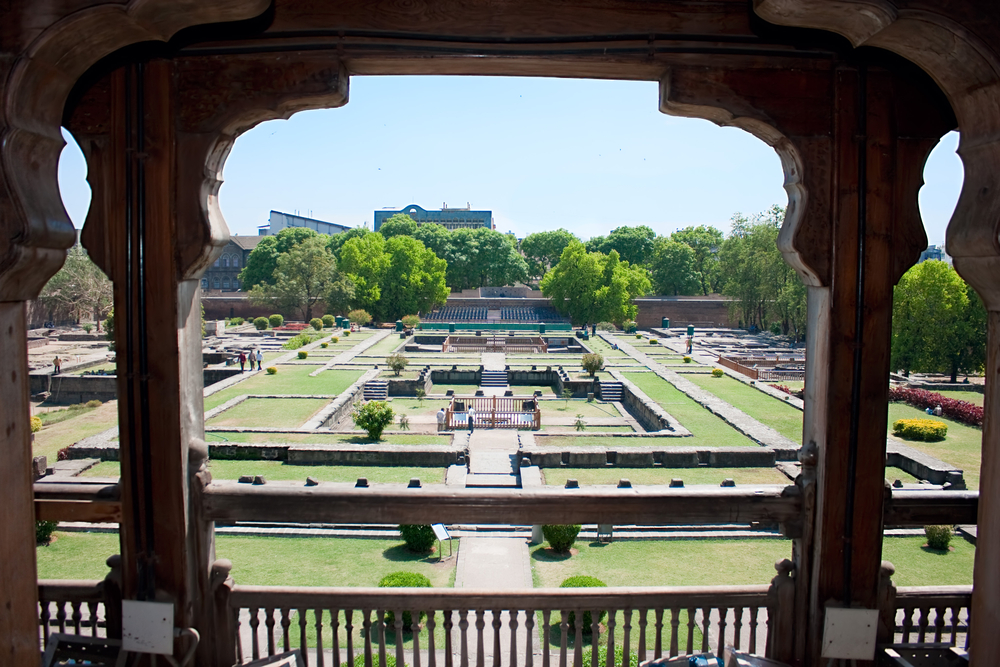
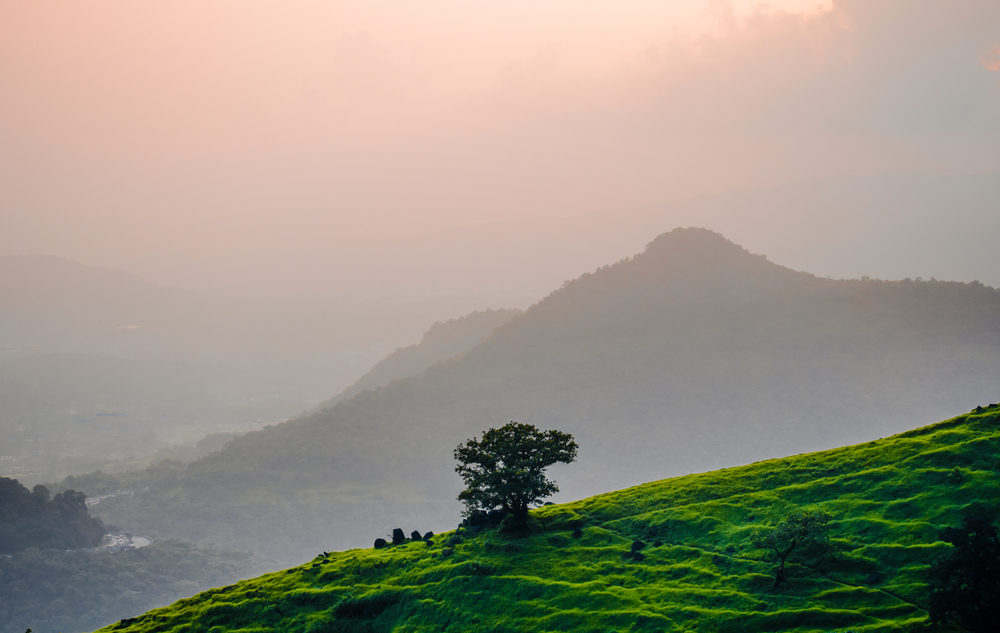
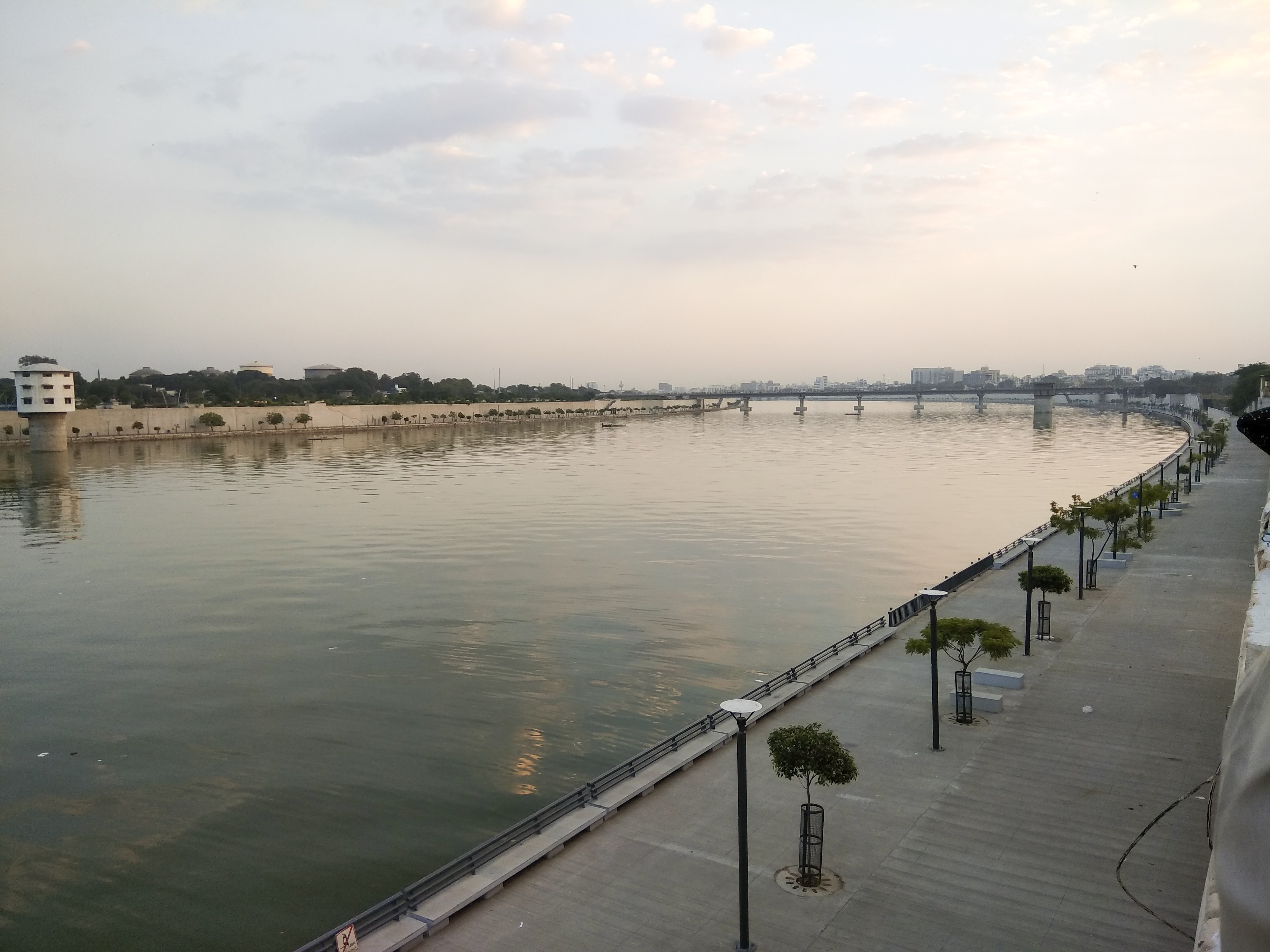 On the western bank of Sabarmati, on green serene grounds, stands a certain Mohandas K. Gandhi’s former headquarters. Marvel at and be inspired by the artefacts and teachings and records of Bapu, then observe his austere living quarters where his vision of India’s freedom struggle took roots.
On the western bank of Sabarmati, on green serene grounds, stands a certain Mohandas K. Gandhi’s former headquarters. Marvel at and be inspired by the artefacts and teachings and records of Bapu, then observe his austere living quarters where his vision of India’s freedom struggle took roots.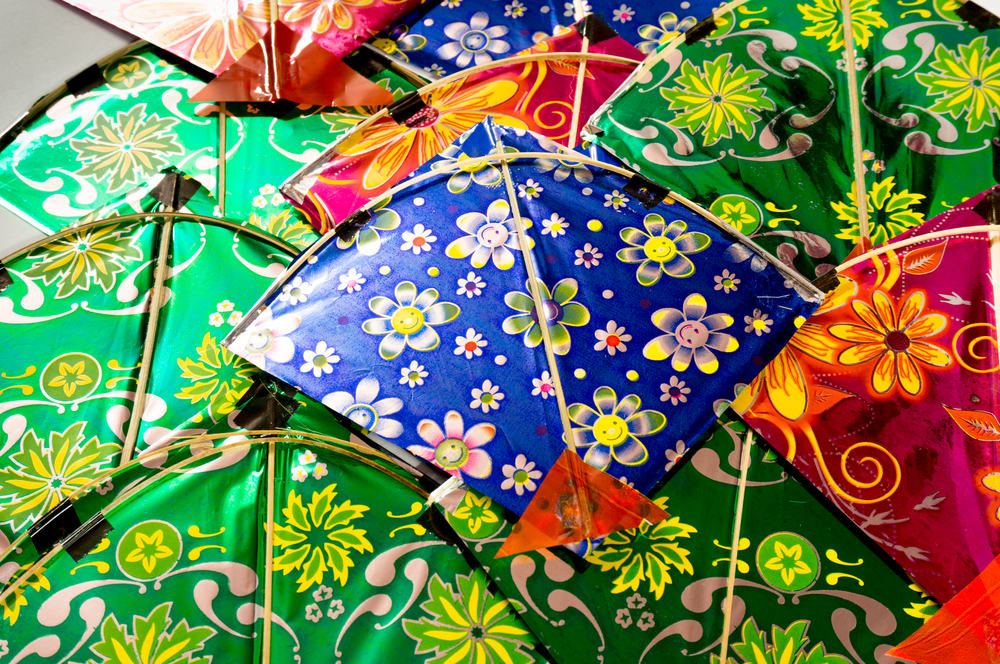
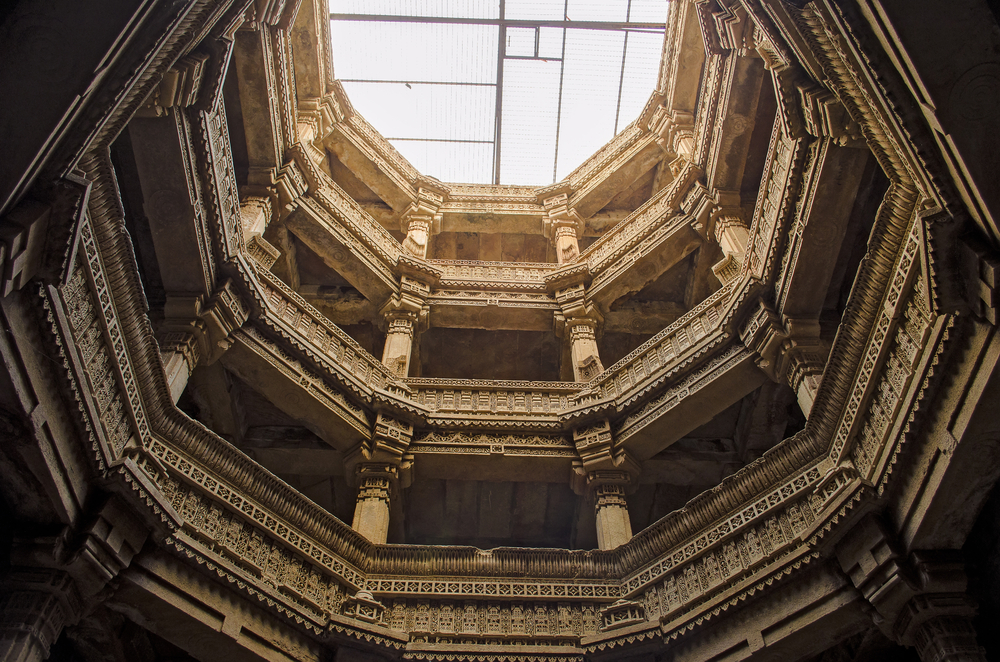
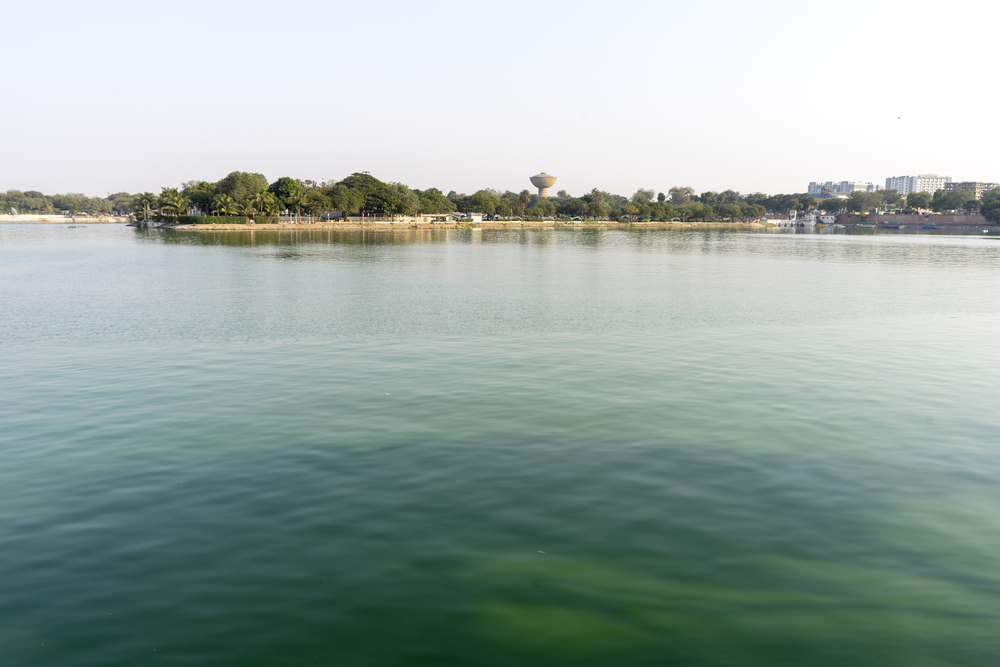 A centuries-old manmade lake, the Kankaria Lake is now a fun family destination to spend a day engaged in enjoyable activities. Enjoy zorbing, boating, a hot-air balloon, and an evening sound-and-light show. The lake has an island housing a summer palace of the former royals, and is surrounded by an amusement park, a butterfly park and botanical garden, a small zoo, and old, Dutch colonial-era tombs.
A centuries-old manmade lake, the Kankaria Lake is now a fun family destination to spend a day engaged in enjoyable activities. Enjoy zorbing, boating, a hot-air balloon, and an evening sound-and-light show. The lake has an island housing a summer palace of the former royals, and is surrounded by an amusement park, a butterfly park and botanical garden, a small zoo, and old, Dutch colonial-era tombs. One of India’s best-known tourist destinations, Udaipur is a fantastic exhibition of Rajasthan’s grand history- the legacy of its Rajput kings and the Mughals. Its four lakes give it the moniker ‘the City of Lakes’, and the lakes Pichola, Fateh Sagar and Jaisamand are must-visits, as is the City palace on the Lake Pichola. There are several opulent palaces to visit, and the imposing Kumbhalgarh Fort, with the second-longest wall in the world, is not too far from here.
One of India’s best-known tourist destinations, Udaipur is a fantastic exhibition of Rajasthan’s grand history- the legacy of its Rajput kings and the Mughals. Its four lakes give it the moniker ‘the City of Lakes’, and the lakes Pichola, Fateh Sagar and Jaisamand are must-visits, as is the City palace on the Lake Pichola. There are several opulent palaces to visit, and the imposing Kumbhalgarh Fort, with the second-longest wall in the world, is not too far from here.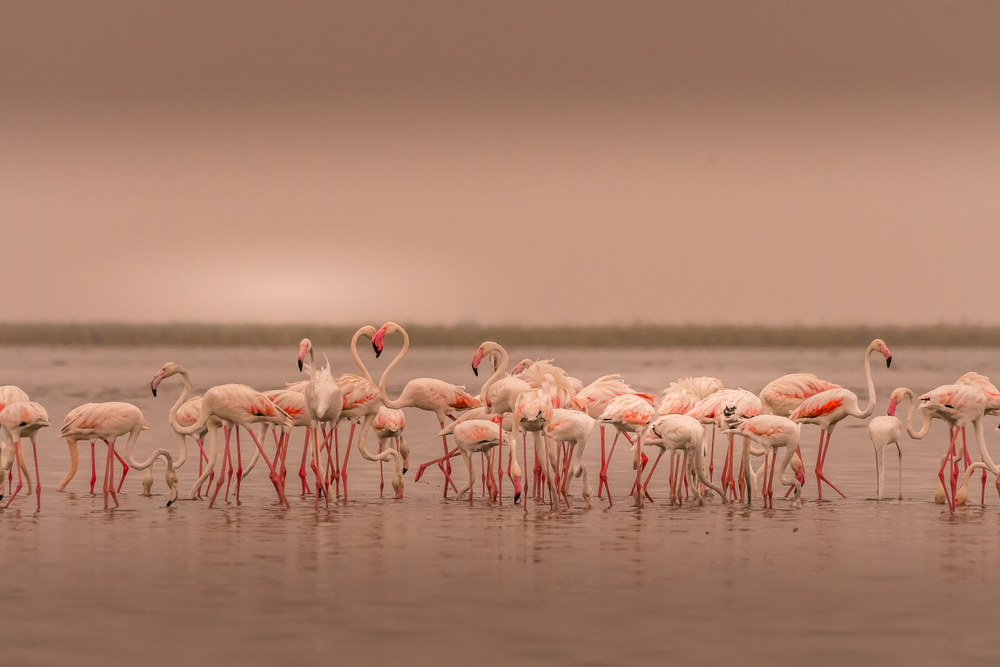 Just under a two-hour drive from Ahmedabad, the Nalsarovar Bird Sanctuary is a treat for bird-lovers and adventure and wildlife enthusiasts. Spot over 200 species of vibrant indigenous and migratory birds around the 120 sq. km of the Nal Sarovar Lake and marshy land. Do visit the interactive interpretation centre to learn more about the birds here.
Just under a two-hour drive from Ahmedabad, the Nalsarovar Bird Sanctuary is a treat for bird-lovers and adventure and wildlife enthusiasts. Spot over 200 species of vibrant indigenous and migratory birds around the 120 sq. km of the Nal Sarovar Lake and marshy land. Do visit the interactive interpretation centre to learn more about the birds here. Any passionate traveler will acknowledge that packing is an art in itself, which can dampen or heighten your travel experiences. Knowing exactly what to pack and what not to pack, and how to fit it all in a form that doesn’t break your back or dislocate your shoulder takes a bit of planning and experience. Take into consideration the destination you’re travelling to, the tentative length of your stay, the kind of climate you’re likely to encounter, your itinerary, and any specific tradition or health factors to take into consideration. Pack no more than what you’re absolutely going to use, and try to pack it in as few bags as possible. The legend goes that a well-heeled traveler can go around the world with just a backpack’s worth of luggage.
Any passionate traveler will acknowledge that packing is an art in itself, which can dampen or heighten your travel experiences. Knowing exactly what to pack and what not to pack, and how to fit it all in a form that doesn’t break your back or dislocate your shoulder takes a bit of planning and experience. Take into consideration the destination you’re travelling to, the tentative length of your stay, the kind of climate you’re likely to encounter, your itinerary, and any specific tradition or health factors to take into consideration. Pack no more than what you’re absolutely going to use, and try to pack it in as few bags as possible. The legend goes that a well-heeled traveler can go around the world with just a backpack’s worth of luggage. In the same vein, ask your travel agent, airline, and credit card Company for membership offers, frequent flier miles, rewards and loyalty programs, etc. You could get to enjoy everything from lounge access to handsome discounts with a simple query. SpiceJet, for example, has its own Loyalty Program called SpiceClub, besides several ongoing offers. Use credit cards smartly, though. Running high credits could spell long-term financial troubles.
In the same vein, ask your travel agent, airline, and credit card Company for membership offers, frequent flier miles, rewards and loyalty programs, etc. You could get to enjoy everything from lounge access to handsome discounts with a simple query. SpiceJet, for example, has its own Loyalty Program called SpiceClub, besides several ongoing offers. Use credit cards smartly, though. Running high credits could spell long-term financial troubles.






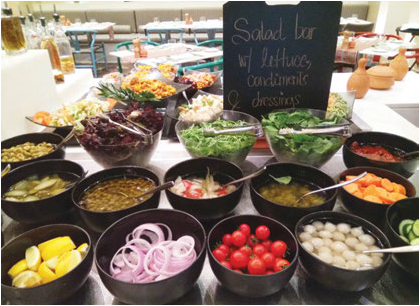
 This mall has a good mix of indigenous and global brands across all categories that make the shopping experience quite a pleasure. Also you can look around for some great deals so that the shopping does not burn a hole in your pocket. With over 150 stores, you have a wide range of top brands to choose from.
This mall has a good mix of indigenous and global brands across all categories that make the shopping experience quite a pleasure. Also you can look around for some great deals so that the shopping does not burn a hole in your pocket. With over 150 stores, you have a wide range of top brands to choose from. This is a museum that gives you a good insight into the history, culture, tradition and art of Oman and is all part of a private collection. Colourful goat figurines greet you on the outside. The museum is well laid out and the separate sections over the two levels house various sections. These include The Khanjar, Male Attire, Jewellery, Female Attire, The Household, Swords And Firearms, Stamps, Coins And Medals and The Manuscript Room.
This is a museum that gives you a good insight into the history, culture, tradition and art of Oman and is all part of a private collection. Colourful goat figurines greet you on the outside. The museum is well laid out and the separate sections over the two levels house various sections. These include The Khanjar, Male Attire, Jewellery, Female Attire, The Household, Swords And Firearms, Stamps, Coins And Medals and The Manuscript Room. Located in Shati Al-Qurm district of Muscat, the royal opera house is one of a kind in the Middle East and reflects contemporary Omani architecture. The opera house has a capacity to accommodate upto 1,100 guests and has a concert theatre and auditorium. Set in formal landscaped gardens, the opera house is home to luxury restaurants and an art centre for musical, theatrical and operatic productions.
Located in Shati Al-Qurm district of Muscat, the royal opera house is one of a kind in the Middle East and reflects contemporary Omani architecture. The opera house has a capacity to accommodate upto 1,100 guests and has a concert theatre and auditorium. Set in formal landscaped gardens, the opera house is home to luxury restaurants and an art centre for musical, theatrical and operatic productions.

















